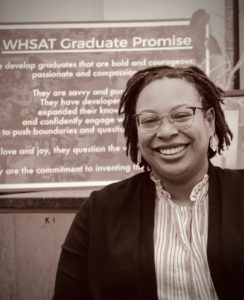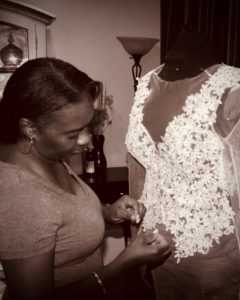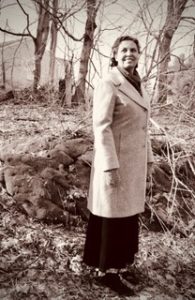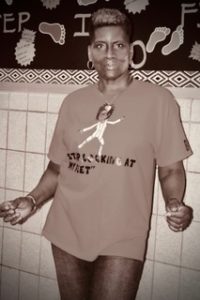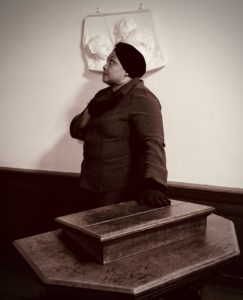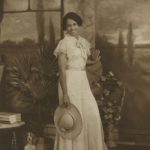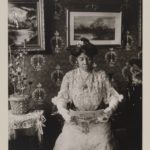Hello. I have been spending some time this week considering the subjects, the participants, the artists of this research-giving thought and exploring how they understand the (my) goals for the project and then, how the research project itself then informs their image and level of participation.
My arbitrary definition for my sample had started as women of color working within NYC public education. A small sample size was desired, and necessary given some obvious constraints of time and resources. This is not to say that the project could not be scaled; or that it is closed ended. The initial group of participants was a convenience sample; the women that I reached out to were drawn from a broad but specific group of colleagues connected to High Schools within the NYC Department of Education.
In conversation explaining the goal of personal narrative through self portraiture; the style and historical context of James Van Der Zee and the African American experience, the participants in many instances were able to recommend and enlist others to contribute. This nomination sampling has/will result in a group that is broader than my initial sample, but contains shared standards of understanding and purpose to their created artwork.
I have three new self-portraits that were added this week. The individuality expressed and variety of composition continues to be inspired. All three of these subjects/artists nominated other participants.
